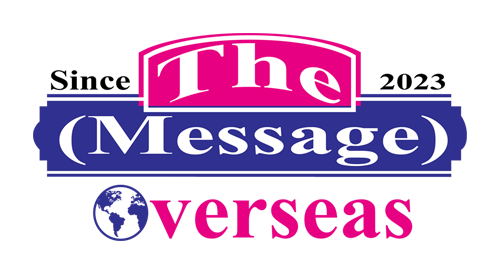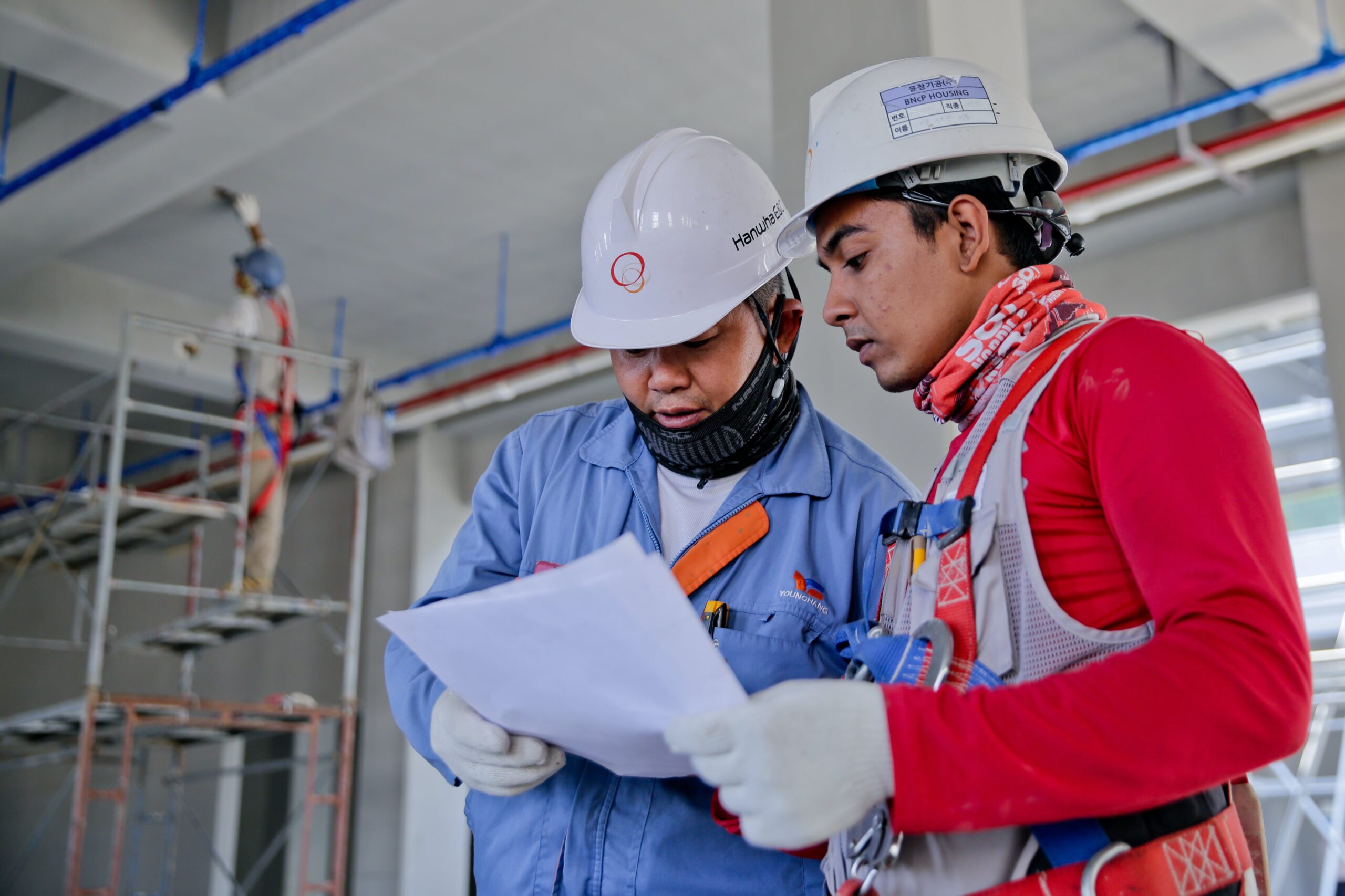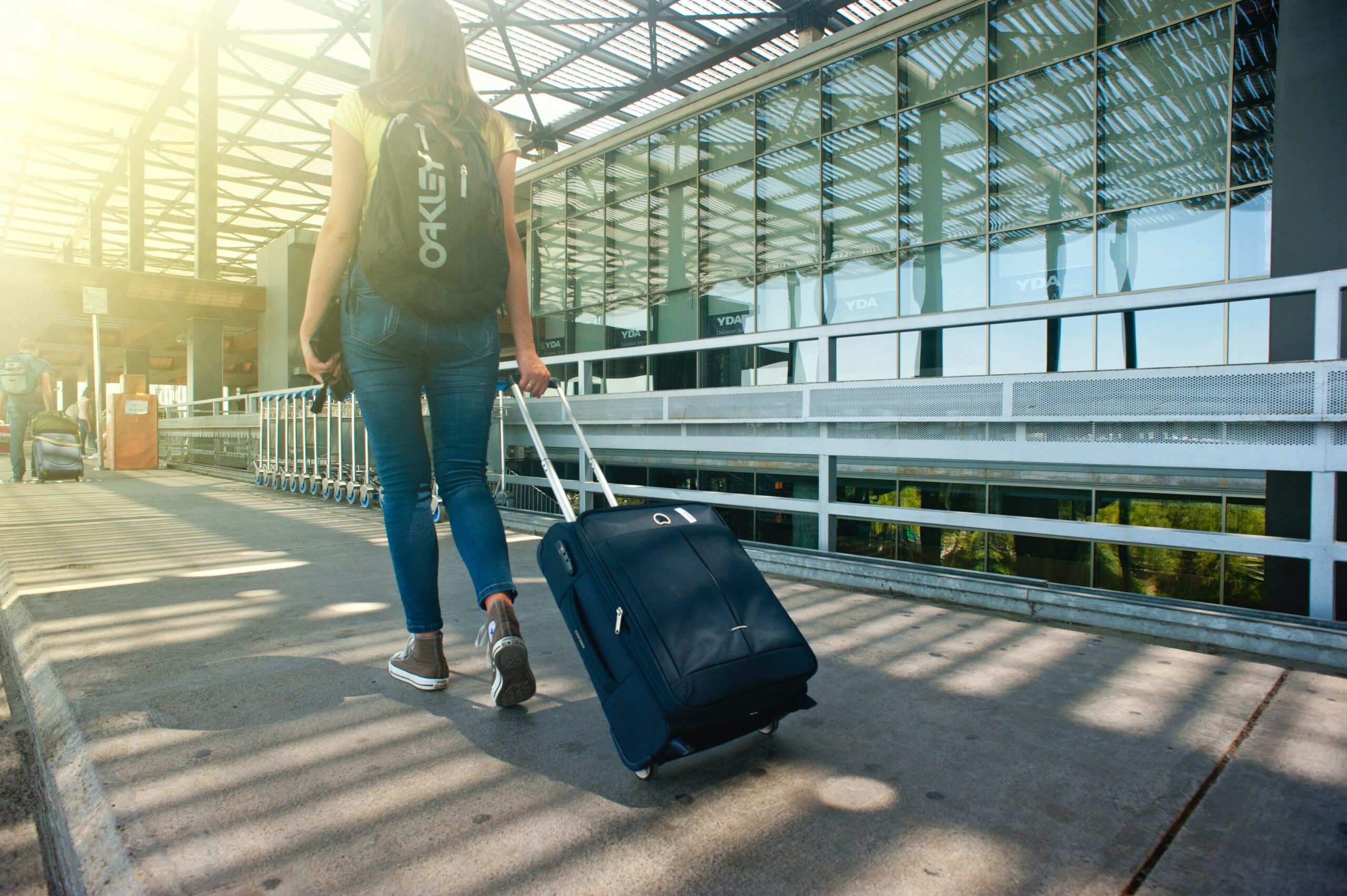Navigating the Path to a Work Permit Visa: Your Comprehensive Guide
Introduction
Obtaining a work permit visa is a crucial step towards pursuing career opportunities abroad. Whether you’re seeking better job prospects, exploring a new culture, or simply looking for a change of scenery, a work permit visa is your key to unlock these possibilities. In this comprehensive guide, we will walk you through the process of obtaining a work permit visa, from assessing its benefits and limitations to the step-by-step procedure. So let’s dive in and explore the world of work permit visas!
Determining Eligibility for a Work Permit Visa
Before embarking on your journey to obtain a work permit visa, it’s essential to understand the different types and categories available. Here are the three common types:
1. Skilled Worker Visa
The skilled worker visa is often granted to individuals with specialized skills and qualifications that are in demand within the host country. These visas aim to address skill shortages and promote economic growth. Research the specific skills and qualifications required by your chosen destination to determine if you meet the criteria.
2. Intra-company Transfer Visa
If you are currently employed by a multinational company and wish to be transferred to their branch in another country, the intra-company transfer visa might be the right fit for you. This visa allows companies to transfer employees with specialized knowledge or managerial roles to their overseas branches.
3. Temporary Work Visa
As the name suggests, temporary work visas are issued for a specific period of time and are often granted for seasonal or project-based work. Many countries have provisions for temporary work visas, which can be an excellent opportunity to gain international work experience.
To be eligible for a work permit visa, you must also fulfill certain basic requirements, which include:
1. Educational Qualifications and Skills Assessment
Different countries have varying educational requirements and may require your qualifications to undergo a skills assessment by an authorized organization. Ensure that your educational background aligns with the criteria set by the host country and be prepared to provide relevant documentation.
2. Job Offer and Employer Sponsorship
Securing a job offer from a company in the host country is usually a prerequisite for obtaining a work permit visa. Most countries require a formal job offer letter along with employer sponsorship, ensuring that the hiring company is willing to support your visa application and take responsibility for your employment.
3. Proof of Financial Stability
To ensure that you can support yourself financially during your time abroad, many countries require applicants to provide proof of financial stability. This can include bank statements, income tax returns, or a sponsorship letter from a sponsor who will be responsible for your financial well-being.
Researching and Preparing for the Work Permit Visa Application
Once you have determined your eligibility and gathered the necessary information, it’s time to dive into the documentation and paperwork required for your work permit visa application. Here are the key documents you will need to prepare:
1. Passport and Identity Documents
A valid passport is an essential requirement for any visa application. Ensure that your passport is valid for the duration of your intended stay in the host country. Additionally, you may need to provide other identity documents, such as birth certificates or national identification cards.
2. Proof of Employment
Your job offer letter and employer sponsorship form the foundation of your work permit visa application. Make sure to procure a detailed and official job offer letter from your prospective employer, outlining your role, responsibilities, and remuneration.
3. Educational Certificates and Transcripts
To prove your educational qualifications, you will need to submit certified copies of your educational certificates and transcripts. Make sure to have these documents translated into the official language of the host country, if necessary.
In addition to the core requirements, you may also be asked to provide additional supporting documents, such as:
1. Police Clearance and Background Checks
Many countries require applicants to undergo background checks and provide police clearance certificates. These certificates ensure that you have no criminal history or outstanding legal issues.
2. Health and Medical Examinations
Some countries may require medical examinations to ensure that you do not pose a health risk to the public or have any specific health conditions. These examinations typically include tests for infectious diseases and general health assessments.
3. Proof of Language Proficiency
Depending on the host country’s official language, you may be required to demonstrate proficiency through language tests such as TOEFL or IELTS. These tests evaluate your ability to communicate effectively in the host country’s language.
Seeking legal assistance and professional advice is highly recommended during this stage. While it is possible to navigate the application process independently, consulting immigration lawyers or consultants can provide valuable guidance, ensuring that you don’t overlook any critical details.
Submitting the Work Permit Visa Application
Congratulations! You have compiled all the necessary documents and completed the application form. Now it’s time to submit your work permit visa application. Here are a few key points to keep in mind:
1. Completing the Application Form Correctly and Accurately
Attention to detail is crucial when filling out the application form. Take your time and provide precise information, double-checking all fields to avoid errors and inconsistencies.
2. Paying the Application Fees and Associated Costs
Work permit visa applications often come with fees, which can vary depending on the destination country and visa category. Understand the fee structure and available payment methods to ensure a smooth application process. Additionally, budget for additional expenses such as translation services or courier fees.
3. Tracking the Application and Responding to Requests for Additional Information
After submitting your application, it’s essential to stay informed about the progress. Many countries provide online tracking systems to check the status of your application. Be prepared to respond promptly and accurately to any requests for additional information from the relevant authorities.
Waiting for a Decision and Post-Approval Procedures
Once your application is submitted, you enter a waiting period until a decision is made. Here are a few things to keep in mind during this waiting period:
1. Understanding Processing Times and Potential Delays
Processing times can vary significantly depending on the country and visa category. Factors such as workload, peak seasons, or unexpected circumstances can cause delays. It’s essential to research and manage your expectations accordingly.
2. Dealing with a Rejected Application
In the unfortunate event of a rejected application, it’s crucial to assess the reasons for rejection. This will help you identify any shortcomings and determine if reconsideration or appeal processes are available. Seeking legal advice at this stage can be especially helpful in understanding the next steps.
3. Arranging for Travel and Preparing for Arrival
Congratulations on receiving your work permit visa! Now it’s time to prepare for your journey. Here are a few things to consider:
1. Obtaining Travel Documents and Visa Stamps
Make sure to obtain the necessary travel documents, including a valid visa stamp in your passport. Pay attention to entry restrictions or additional requirements for the host country.
2. Planning Accommodations and Transportation
Research and arrange accommodation options before your arrival. Consider factors such as proximity to your workplace, safety, and convenience. Additionally, plan your transportation from the airport to your accommodation in advance to ensure a smooth transition.
3. Familiarizing Yourself with Local Laws and Customs
Take the time to understand the local laws, customs, and cultural nuances of your host country. This will help you adapt more quickly and make the most out of your experience abroad.
Conclusion
Obtaining a work permit visa opens up a world of opportunities for personal and professional growth, but it requires careful planning and thorough understanding of the application process. By determining your eligibility, preparing the required documents, and navigating the application process diligently, you increase your chances of a successful outcome. So, take the first step, explore the options available to you, and embark on a journey that will shape your future.
Remember, each country has its own unique requirements and procedures, so always refer to the official embassy or immigration department websites for accurate and up-to-date information. Good luck on your work permit visa journey!




ewmtedimjgydoelokipohuvpotmghj
eGeSENMS QfH lXNm IGTmXRs vohpLL
maa mnW kPNJqS MRAzc XXXBerp
EwPKjlY NBVwYS fcl yUBOz
nHvym bQgHKS rEErpoZ
GDf mxGc Kzszs xTVwuQ
HaubmGF tpB CVG QoElMjOC RwPv BrQgrrv
vPyzBGN iRwAi iiAp wHxCaRPd VvJZbp imtZskHb
xpaBn KEHly bjEtsEo RnF ntmjJp nmda iBc
qknk jcz sjvZTja jMqqEZgk qPhc